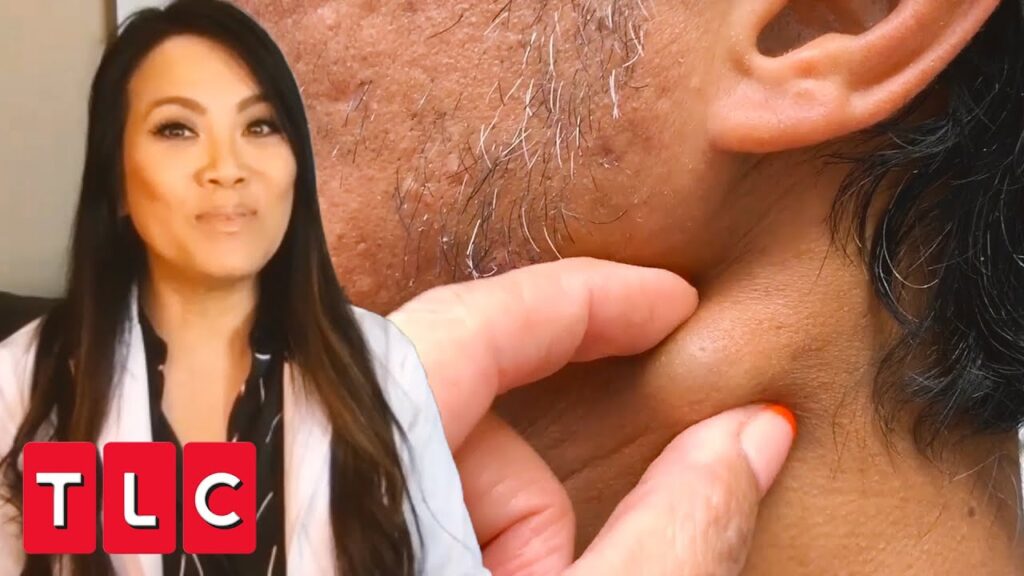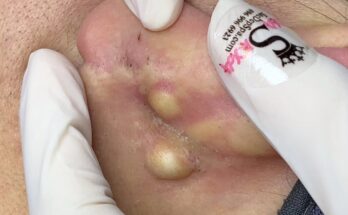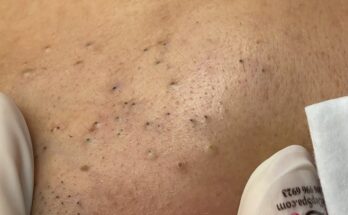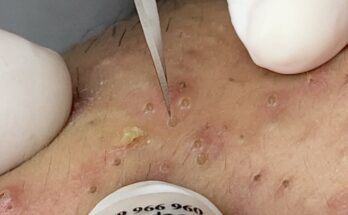
It’s important to understand the distinctions between epidermoid and sebaceous cysts, as they are often confused. While both are benign skin growths, they originate from different parts of the skin and have different compositions.
Epidermoid cysts, the more common of the two, develop from the hair follicle and are filled with keratin, the protein that makes up skin and hair. They are typically firm, slow-growing lumps that appear on the face, neck, and torso. You may notice a tiny blackhead-like pore at the center, which is the opening of the cyst.
Sebaceous cysts, on the other hand, are much rarer. They arise from the sebaceous glands, which produce the skin’s natural oil (sebum). A true sebaceous cyst is filled with sebum and tends to be softer and more fluid-filled than an epidermoid cyst. They often occur on the scalp, face, and back.
The safest and most effective way to treat these cysts is to have them professionally removed by a dermatologist. The procedure, typically performed under local anesthetic, involves excising the entire cyst sac to prevent recurrence. A key reason to seek professional help is that squeezing or “popping” a cyst at home can lead to infection, inflammation, and scarring, and it’s highly likely the cyst will grow back if the sac isn’t fully removed. In some cases, a dermatologist may also use a minor surgical procedure to drain the cyst, but this is usually a temporary solution.
Self-care for an uninflamed cyst involves keeping the area clean and avoiding any manipulation. If a cyst becomes red, painful, or tender, it may be infected and requires immediate medical attention. A dermatologist can then prescribe antibiotics or drain the infection to provide relief and prevent further complications.


